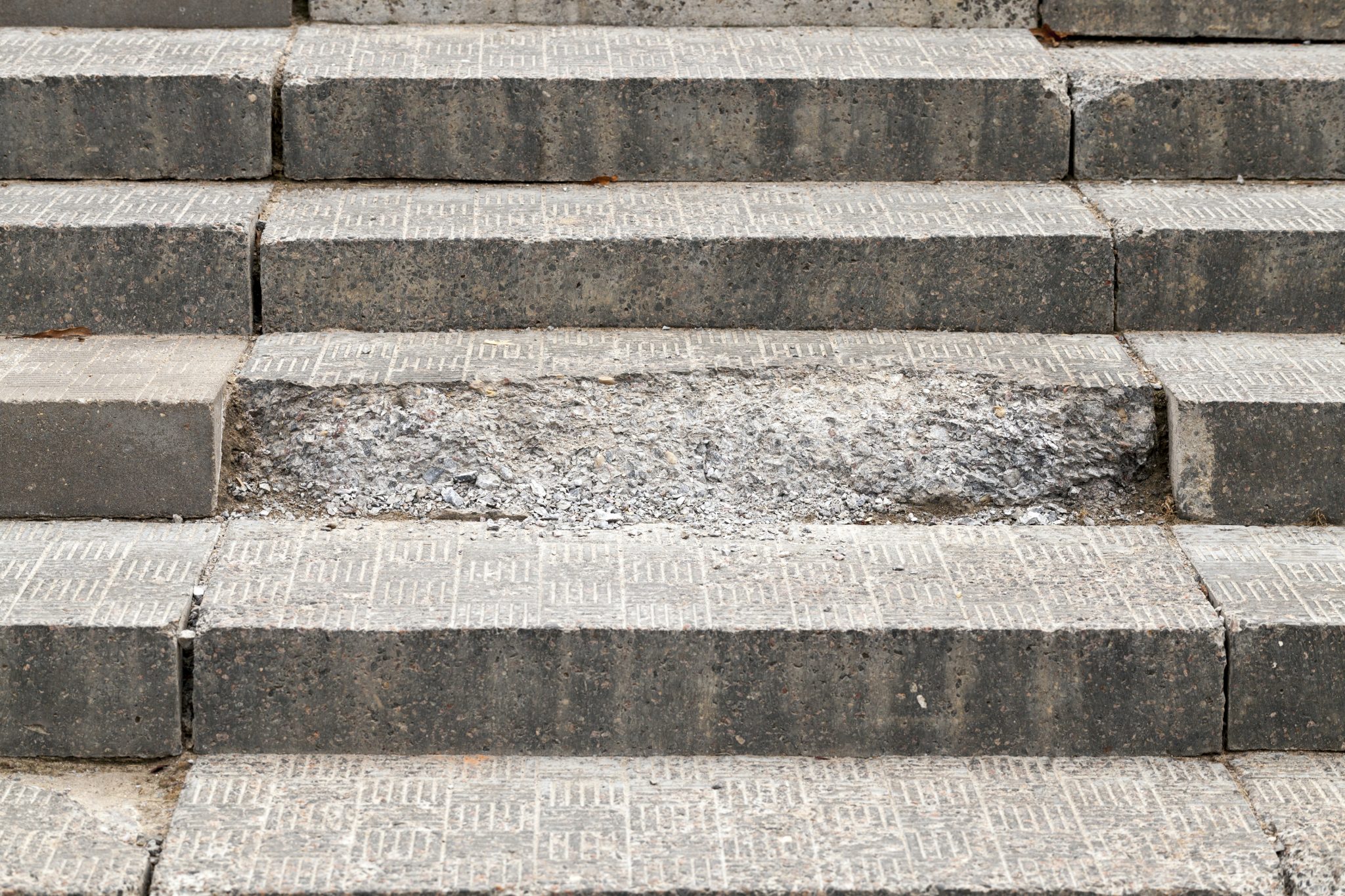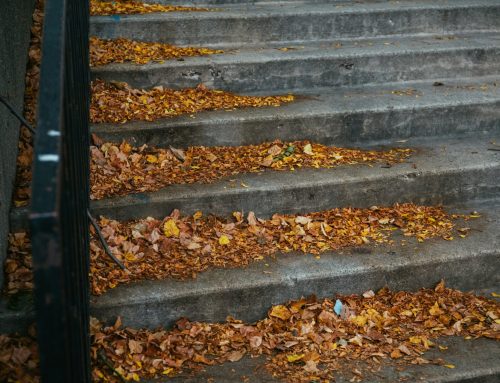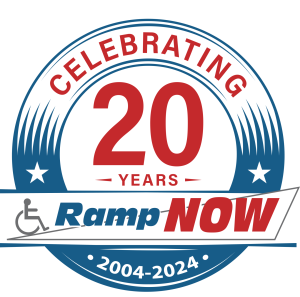We all have a certain risk of falling, regardless of our age and health. That risk only goes up for the disabled and the elderly.
Let’s start from the beginning. The basic tenets of safety are drilled into us from an early age. We take the stairs one at a time when we go up or down. We don’t run with scissors and we look both ways before crossing the street.
There are even safety features built into our homes and the public buildings that we frequent designed to help keep us safe. We have rails next to our stairs and showers with a grooved, non-slip surface.
But as we age, and for those with a disability, the standard safety features we’ve become accustomed to may no longer be enough to prevent that risk of falling. Let’s look at some added features that can improve the safety of a home or building.
Ramps
We think of ramps as something you install to make your home handicap accessible – and they are. But they can be more than just that. Ramps are a safer way to access an elevated entry way when you’re tired. They are easier for young children to maneuver, or anyone who may be carrying a heavy load. They may be easier for anyone recovering from an injury as well.
Tub and Shower Grab Bars
The tub or shower can be an inherently risky place – no matter your age or health. If you have any trouble at all with your footing it can result in a serious injury. A grab bar can help you keep your balance and remain safe.
Scooters
Scooters can be of great benefit to a variety of people. If you’re recovering from an injury, tired, or aging, it can be difficult to get around. A scooter can improve your safety by cutting down on your walking.
Conclusion
What can you do in your life to cut down on the risk of falling? A strong self-awareness may help, but we may have to do more to improve the safety features of our home, for our own health, and the health of our loved ones. If you have any further questions contact RampNow today!








